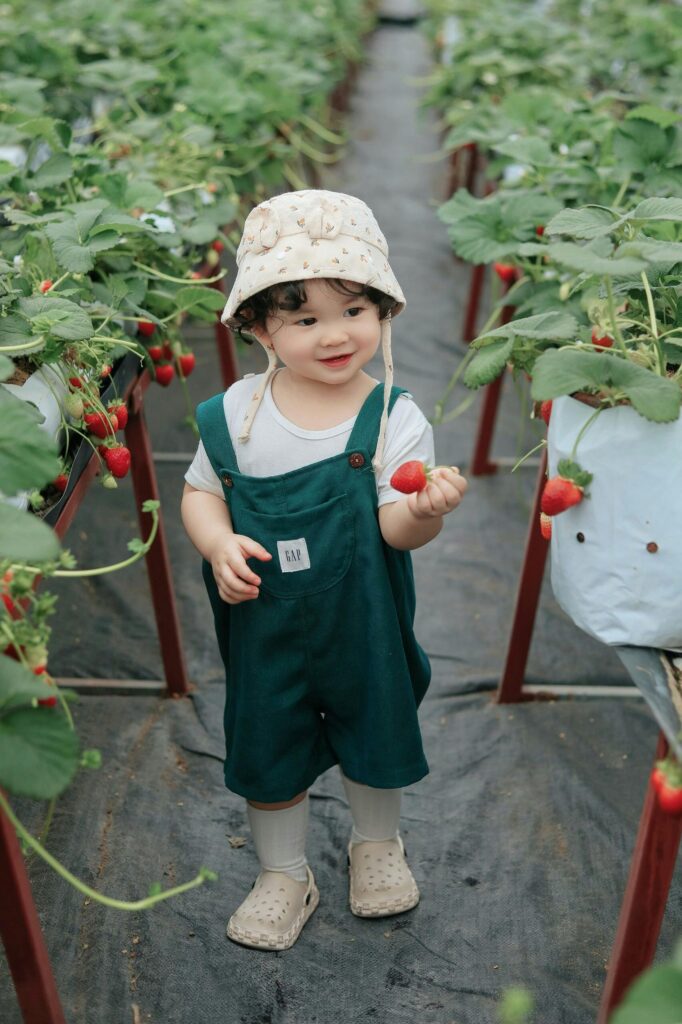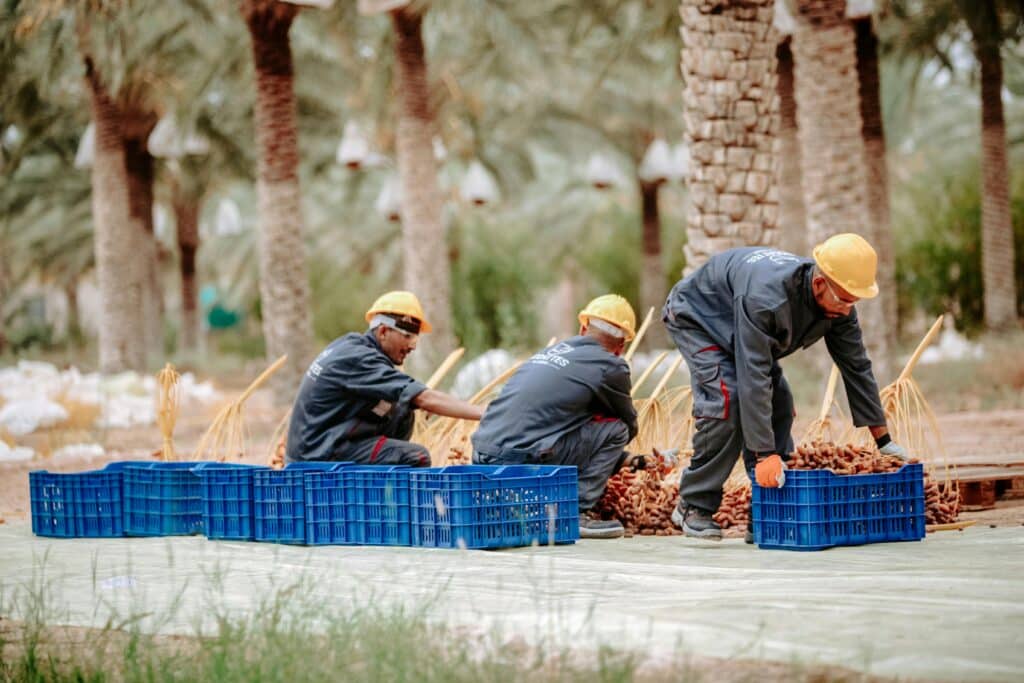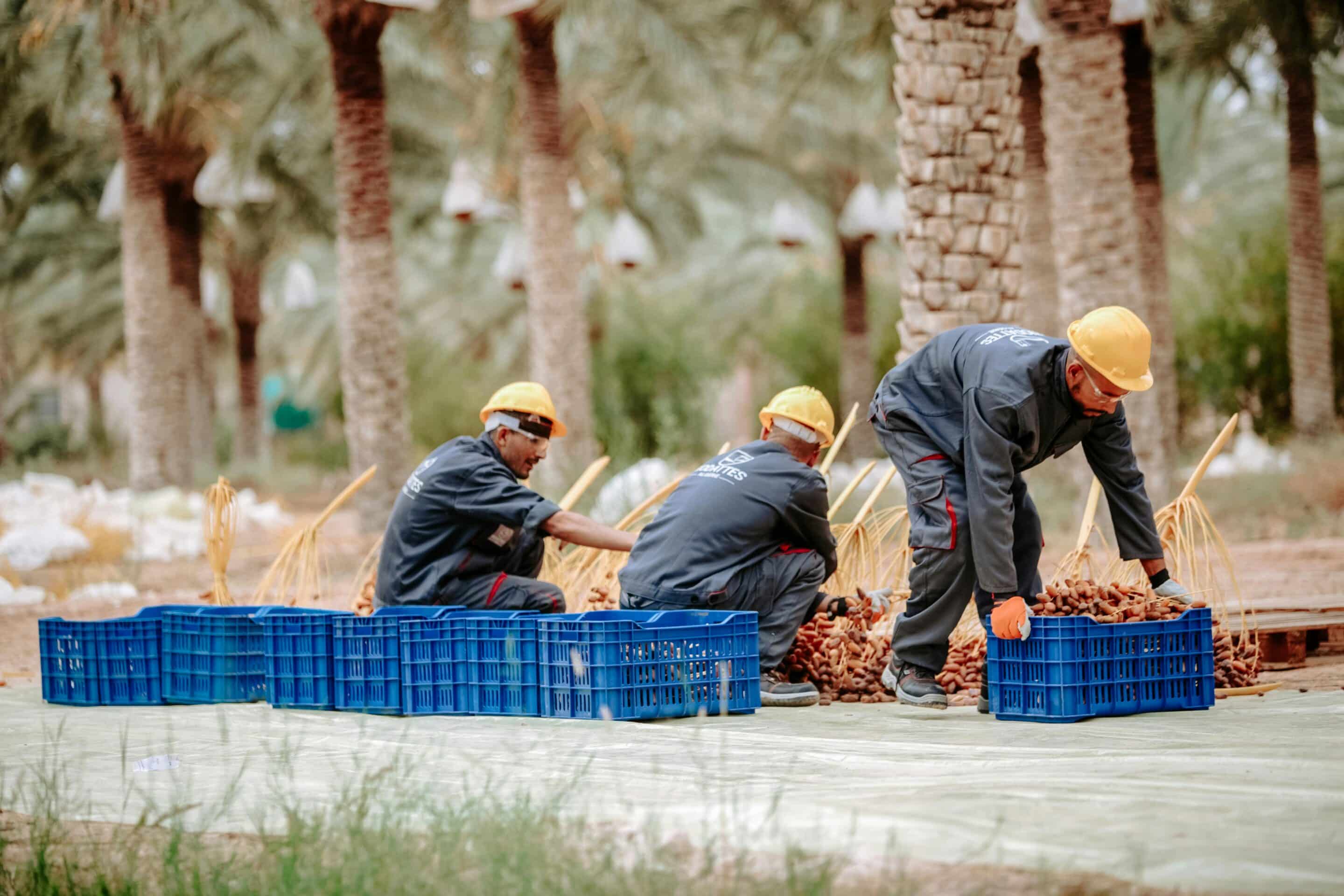Embark on a journey through the lush landscapes of Costa Rica’s cacao plantations as we unravel the secrets behind the world-renowned chocolate industry. In our comprehensive beginner’s guide, we will walk you through the intricate process of cacao cultivation, the sustainable practices employed by local farmers, and the delightful chocolate-making traditions that have shaped Costa Rican culture. Whether you’re a chocolate enthusiast or simply seeking an unforgettable adventure, this guide will equip you with all the knowledge you need to navigate the captivating world of cacao plantation tours in Costa Rica. So grab your explorer’s hat and get ready to immerse yourself in the rich flavors and fascinating history of this tropical paradise.

Understanding Cacao in Costa Rica
Costa Rica has a rich history when it comes to cacao production. Dating back to ancient times, cacao has been an integral part of the country’s culture and economy. The lush tropical climate and fertile soil provide the perfect conditions for cacao trees to thrive, making Costa Rica an ideal location for cacao plantations.
History of cacao in Costa Rica
Cacao has a long and fascinating history in Costa Rica. The ancient Mayans and Aztecs revered cacao as a sacred food, using it in religious rituals and as a form of currency. When the Spanish arrived in the 16th century, they discovered the value of cacao and began exporting it to Europe. Costa Rica quickly became a major cacao producer, with small farms and plantations dotting the countryside.
Importance of cacao to Costa Rican economy
Cacao plays a vital role in the Costa Rican economy. It is one of the country’s top agricultural exports, generating income and employment opportunities for thousands of people. The international demand for Costa Rican cacao has been steadily increasing, thanks to its high quality and unique flavor profiles. Additionally, cacao plantations attract tourists from around the world, contributing to the country’s thriving tourism industry.
Different types of cacao grown in Costa Rica
Costa Rica is known for its diverse range of cacao varieties, each with its own distinct flavor characteristics. The most common types of cacao grown in Costa Rica include Criollo, Trinitario, and Forastero. Criollo is considered the finest and most rare, known for its delicate flavors and aromas. Trinitario is a hybrid variety that combines the best traits of Criollo and Forastero, resulting in a balanced and complex flavor profile. Forastero is the most common type of cacao, known for its robust and earthy flavors.
Cacao Plantation Tour Basics
Embarking on a cacao plantation tour is an exciting and educational experience. These tours provide visitors with the opportunity to learn about the entire process of cacao production, from the tree to the finished chocolate bar. Here are some basics to know before going on a cacao plantation tour in Costa Rica.
What to expect on a cacao plantation tour
During a cacao plantation tour, you can expect to explore the lush plantation grounds, accompanied by knowledgeable guides who will share the history and techniques of cacao cultivation. You will have the chance to see cacao trees up close, learn about the different stages of growth, and witness the harvesting process. Many tours also include hands-on activities, such as participating in a chocolate-making workshop or tasting sessions.
Best times of the year to visit
The best time to visit a cacao plantation in Costa Rica is during the dry season, which typically runs from December to April. During this time, the weather is more predictable, and the chances of rainfall interrupting your tour are lower. However, some plantations offer tours year-round, so you can still visit during the wet season if that is your only available time.
Length of tour
The length of a cacao plantation tour can vary depending on the specific tour and the activities included. On average, a tour can last anywhere from two to four hours. It is important to check with the tour company beforehand to ensure you have enough time to fully experience all the activities, as some tours may require a longer time commitment.
Preparing for Your Cacao Plantation Tour
To make the most of your cacao plantation tour experience, it is essential to come prepared. Here are some things to consider before heading out on your tour.
What to bring
Be sure to bring comfortable walking shoes or hiking boots, as you will likely be exploring the plantation on foot. It is also a good idea to bring sunscreen, a hat, and insect repellent, as the tours often take place in outdoor settings. Additionally, bring a water bottle to stay hydrated throughout the tour.
What to wear
Opt for lightweight and breathable clothing that will keep you comfortable in the tropical climate. Long pants and sleeves are recommended to protect against bugs and sun exposure. Consider wearing layers, as the weather can change throughout the day. Don’t forget to bring a rain jacket or poncho if you are visiting during the wet season.
Health and safety considerations
While cacao plantation tours are generally safe, it is important to take some health and safety precautions. Stay hydrated by drinking plenty of water throughout the tour. Be cautious of uneven terrain and watch your step to avoid any potential injuries. If you have any allergies or dietary restrictions, inform the tour company in advance to ensure they can accommodate your needs.
Touring a Cacao Plantation
Once you arrive at the cacao plantation, you will be immersed in the world of cacao cultivation. Here are some key aspects you can expect to learn about during the tour.
Understanding the lifecycle of a cacao tree
During the tour, you will gain insight into the lifecycle of a cacao tree. Guides will explain the different growth stages, from the small cacao seeds to the mature fruit-bearing trees. You will have the chance to see the intricacies of the tree’s flowers, pods, and seeds, and understand the importance of proper cultivation techniques to ensure a healthy and abundant harvest.
Learning about the cacao harvesting process
Witnessing the cacao harvesting process is one of the highlights of a plantation tour. Guides will demonstrate how to carefully harvest the ripe cacao pods by hand, explaining the importance of selecting only the fully matured fruits. You may even have the opportunity to try your hand at harvesting, gaining a deeper appreciation for the hard work that goes into cacao production.
Exploring the post-harvest processing of cacao beans
After the cacao pods are harvested, the post-harvest processing begins. Guides will walk you through the steps involved in processing the cacao beans, from removing the seeds from the pods to fermenting and drying them. You will learn about the crucial role of fermentation in developing the flavors and aromas of the cacao beans. It is a truly fascinating process that showcases the artisanal craftsmanship behind every batch of cacao.

Cacao Tasting Sessions
No cacao plantation tour is complete without a cacao tasting session. This is your chance to indulge in the rich and complex flavors of cacao. Here’s what you can expect during a cacao tasting session.
What to expect in a cacao tasting session
During a cacao tasting session, you will sample different types of cacao, each with its unique flavor profile. Guides will guide you through the tasting process, explaining how to properly taste and appreciate the nuances of each cacao sample. Tasting sessions often include both raw cacao beans and chocolate made from those beans, allowing you to experience the full range of flavors.
Learning how to taste cacao
Tasting cacao is a sensory experience that goes beyond simply eating chocolate. Guides will teach you how to engage your senses to fully appreciate the flavors. You will learn to identify different notes, such as fruity, nutty, or floral, and understand how the flavors develop and evolve as the cacao is processed. It’s a skill that can be applied to many different types of chocolate in the future.
Differences in taste between different types of cacao
One of the most fascinating aspects of cacao tasting is discovering the differences in taste between different cacao varieties. Guides will help you identify the unique flavor profiles of each type of cacao, explaining the factors that contribute to these differences, such as the terroir, fermentation process, and roasting techniques. You may be surprised by the complexity and diversity of flavors that cacao can offer.
Making Chocolate from Cacao
The final step in the cacao journey is the transformation from cacao bean to chocolate. Many plantation tours include a chocolate-making workshop, providing an opportunity for you to become a chocolatier for a day.
Understanding the transformation from cacao bean to chocolate
During the chocolate-making workshop, you will learn about the process of transforming cacao beans into smooth and delectable chocolate. Guides will explain the steps involved, such as roasting, grinding, and conching. You will gain insight into the art and science of chocolate making, as well as the different factors that influence the taste and texture of the final product.
Participating in a chocolate-making workshop
In a chocolate-making workshop, you will roll up your sleeves and get hands-on experience in making your own chocolate. Under the guidance of skilled chocolatiers, you will have the chance to roast and grind cacao beans, add ingredients such as sugar and cocoa butter, and mold your chocolate into various shapes. It is a fun and interactive activity that allows you to appreciate the craftsmanship behind every bar of chocolate.
Tasting different types of chocolates
Of course, no chocolate-making workshop would be complete without tasting the fruits of your labor. You will have the opportunity to sample the chocolates you have created, as well as other varieties made by the plantation or local chocolatiers. This tasting experience will allow you to compare and contrast the flavors and textures of different chocolates and gain a deeper appreciation for the art of chocolate making.

Popular Cacao Plantation Tours in Costa Rica
Costa Rica is home to numerous cacao plantation tours, each offering a unique and memorable experience. Here are some popular tour companies and plantations you may consider visiting.
Costa Rican cacao plantation tour companies
- XYZ Cacao Tours: XYZ Cacao Tours is known for its informative and immersive tours, providing visitors with a comprehensive understanding of cacao production.
- ABC Eco Adventures: ABC Eco Adventures offers eco-friendly tours that focus on sustainable farming practices and the preservation of biodiversity.
Recommended cacao plantations to visit
- Pura Vida Cocoa Plantation: Located in the heart of the Costa Rican rainforest, Pura Vida Cocoa Plantation offers a unique opportunity to learn about cacao cultivation in a pristine natural setting.
- Hacienda Cacao: Situated near the Guanacaste province, Hacienda Cacao combines cacao production with sustainable farming practices, offering visitors a holistic view of agriculture in Costa Rica.
Reviews and experiences from previous visitors
Listening to the opinions and experiences of previous visitors can help you choose the right cacao plantation tour for your preferences. Check online review platforms and travel forums to read about others’ experiences and recommendations. Look for positive reviews that highlight informative guides, engaging activities, and a well-rounded tour experience.
Combining Your Cacao Plantation Tour with Other Activities
While a cacao plantation tour alone is a fantastic experience, you can enhance your Costa Rican adventure by combining it with other activities. Here are some suggestions to make the most of your trip.
Exploring other agricultural tours in Costa Rica
Costa Rica is known for its diverse agricultural landscape. Consider exploring other farming tours, such as coffee plantations, vanilla farms, or tropical fruit orchards. These tours offer a deeper understanding of the region’s rich agricultural heritage and provide opportunities to taste and learn about other local produce.
Visiting nearby attractions
Make the most of your time in Costa Rica by visiting nearby attractions. Depending on the location of the cacao plantation, you may have the opportunity to explore stunning national parks, beautiful beaches, or vibrant cities. Be sure to research the attractions in the area and plan your itinerary accordingly.
Sampling local cuisine
No trip to Costa Rica is complete without indulging in the local cuisine. Take the opportunity to try traditional dishes made with local ingredients, many of which may incorporate cacao in creative ways. From savory mole sauces to rich hot chocolate, the culinary delights of Costa Rica will leave you satisfied and eager to explore more.
Responsible Tourism in Costa Rica
When visiting cacao plantations, it is essential to be mindful of responsible tourism practices. Here are some considerations to keep in mind.
Understanding the ethics of cacao production
Many cacao plantations in Costa Rica prioritize fair trade and sustainability. Opt for tours that provide insight into the ethical practices and the positive impacts they have on local communities. By supporting these responsible producers, you can contribute to a more equitable and sustainable cacao industry.
Supporting fair trade and sustainable farming practices
Look for certifications such as Fair Trade or Rainforest Alliance when selecting a cacao plantation tour. These certifications ensure that the cacao is produced under ethical and environmentally friendly conditions. By choosing to support fair trade and sustainable farming, you are making a positive impact on the lives of cacao farmers and the environment.
Leaving a positive impact on local communities
Engage with the local community during your cacao plantation tour. Take the time to learn about the traditions and customs of the people who work on the plantation. Consider purchasing souvenirs directly from local artisans and farmers, supporting their livelihoods and preserving their cultural heritage.
Cacao Shopping in Costa Rica
After your cacao plantation tour, you may want to bring home some Costa Rican cacao and chocolate products. Here are some tips for shopping for cacao in Costa Rica.
Where to buy cacao and chocolate products
You can find a wide variety of cacao and chocolate products in Costa Rica, including cacao beans, chocolate bars, and cocoa powder. Visit local markets, specialty chocolate shops, or the gift shops at the cacao plantations themselves to explore the range of offerings.
Understanding labels and certifications
When purchasing cacao and chocolate products, pay attention to labels and certifications. Look for labels that indicate fair trade, organic, or sustainably sourced products. These labels ensure that the products you are buying have been produced under ethical and environmentally friendly conditions.
Packing and customs information
If you plan to bring cacao or chocolate products back home, make sure to check the customs regulations of your home country. Some countries have strict regulations on importing food items. Additionally, consider packing your purchases securely to avoid damage during transportation.
In conclusion, a cacao plantation tour in Costa Rica is an incredible opportunity to learn about the rich history, cultivation process, and flavors of cacao. From understanding the lifecycle of a cacao tree to participating in chocolate-making workshops, these tours offer a comprehensive and immersive experience. By choosing responsible tourism practices and supporting ethical producers, you can contribute to the sustainable growth of the cacao industry and make a positive impact on local communities. So pack your bags, get ready to explore the world of cacao in Costa Rica, and indulge in the delights of this fascinating and delicious crop.







0 Comments